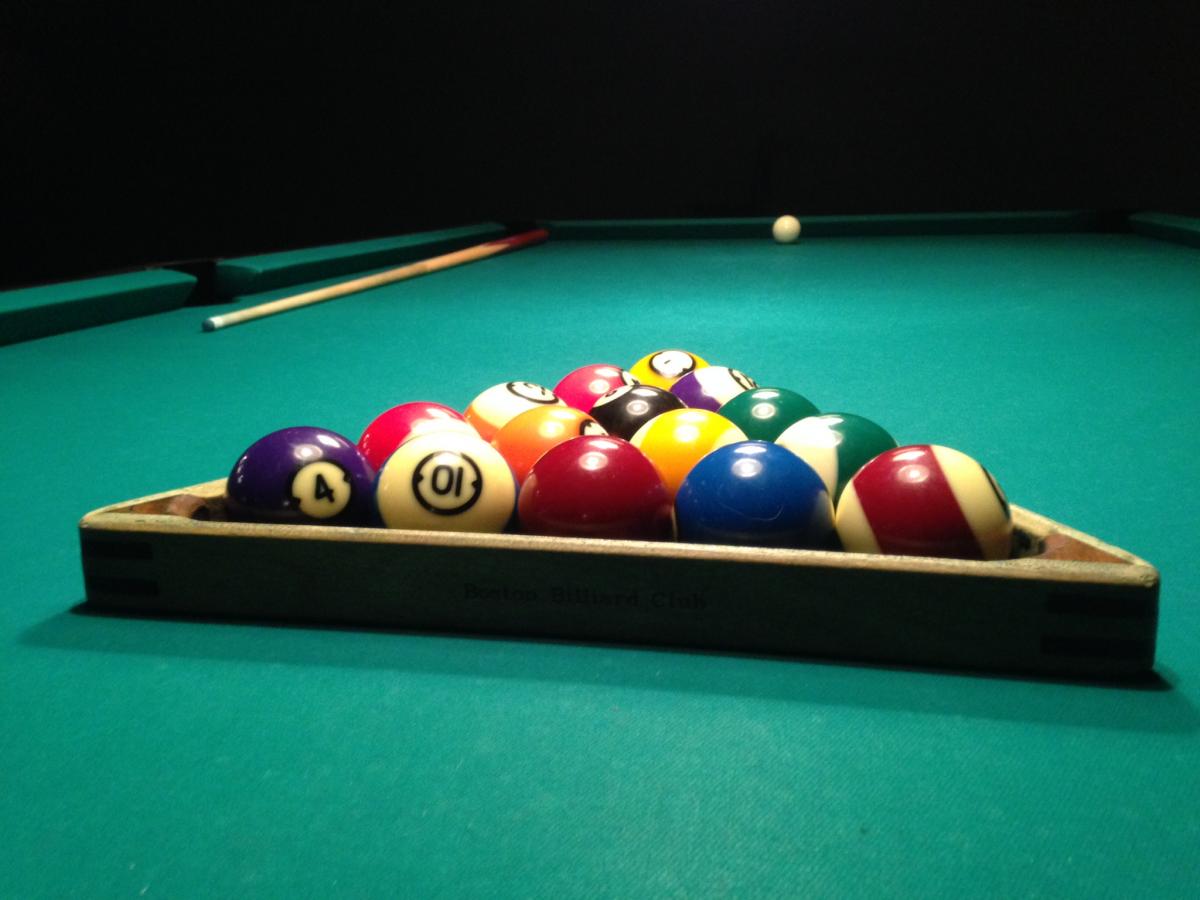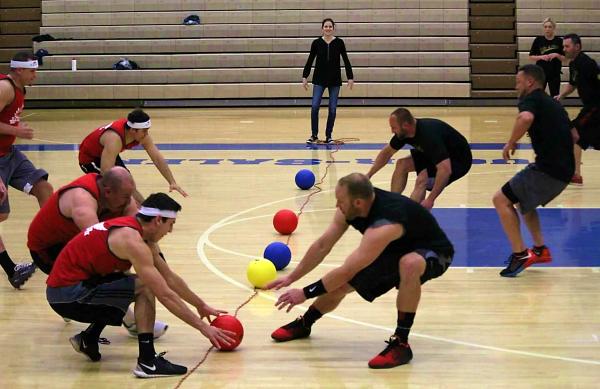Billiards

Billiards, any of various games played on a rectangular table with a designated number of small balls and a long stick called a cue. The table and the cushioned rail bordering the table are topped with a feltlike tight-fitting cloth. Carom, or French, billiards is played with three balls on a table that has no pockets. The other principal games are played on tables that have six pockets, one at each corner and one in each of the long sides; these games include English billiards, played with three balls; snooker, played with 21 balls and a cue ball; and pocket billiards, or pool, played with 15 balls and a cue ball. There are numerous varieties of each game—particularly of carom and pocket billiards. Many countries—among them France, England, China, Italy, and Spain—have been credited with the invention of the game, but, in fact, nothing is really known about the origin of billiards. It may be inferred that it developed from a variety of games in which propelling a ball was a main feature. The earliest references to the game in Europe occur in the 15th century. All billiards games require the basic equipment of a table, cue sticks, and balls. The traditional mahogany billiards table is still in use, but tables are now generally made of other woods and synthetic materials. The large rectangular table typically is twice as long as it is wide. It has a bed usually of polished slate covered by a woven woolen cloth, sometimes referred to as felt. Angled rails of hardened rubber or synthetic rubber, known as cushions, rim the inner edge of the table. The cue is a tapered rod of polished wood or synthetic material, ranging in length from about 40 to 60 inches (100 to 150 cm). The small end of the cue, with which the ball is struck, is fitted with a plastic, fibre, or ivory reinforcement to which is cemented a leather cue tip. Chalk in small cubes is applied uniformly to the cue tip permitting the players to strike the cue ball off centre on purpose in order to impart a spinning motion, called “side” in Great Britain and “English” in the United States. The billiard balls, formerly made of ivory or Belgian clay, are now usually plastic; they each measure from about 21/4 to 23/8 inches (5.7 to 6 cm) in diameter, the larger balls being used in carom billiards.














